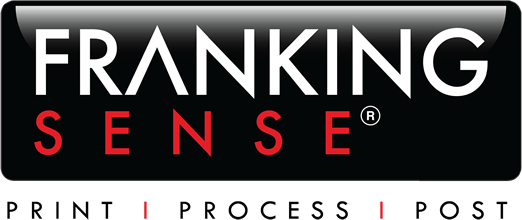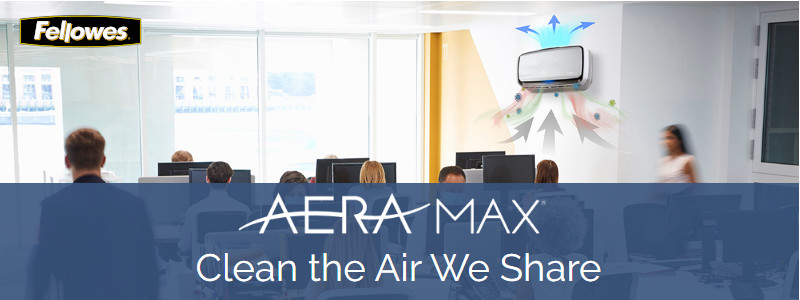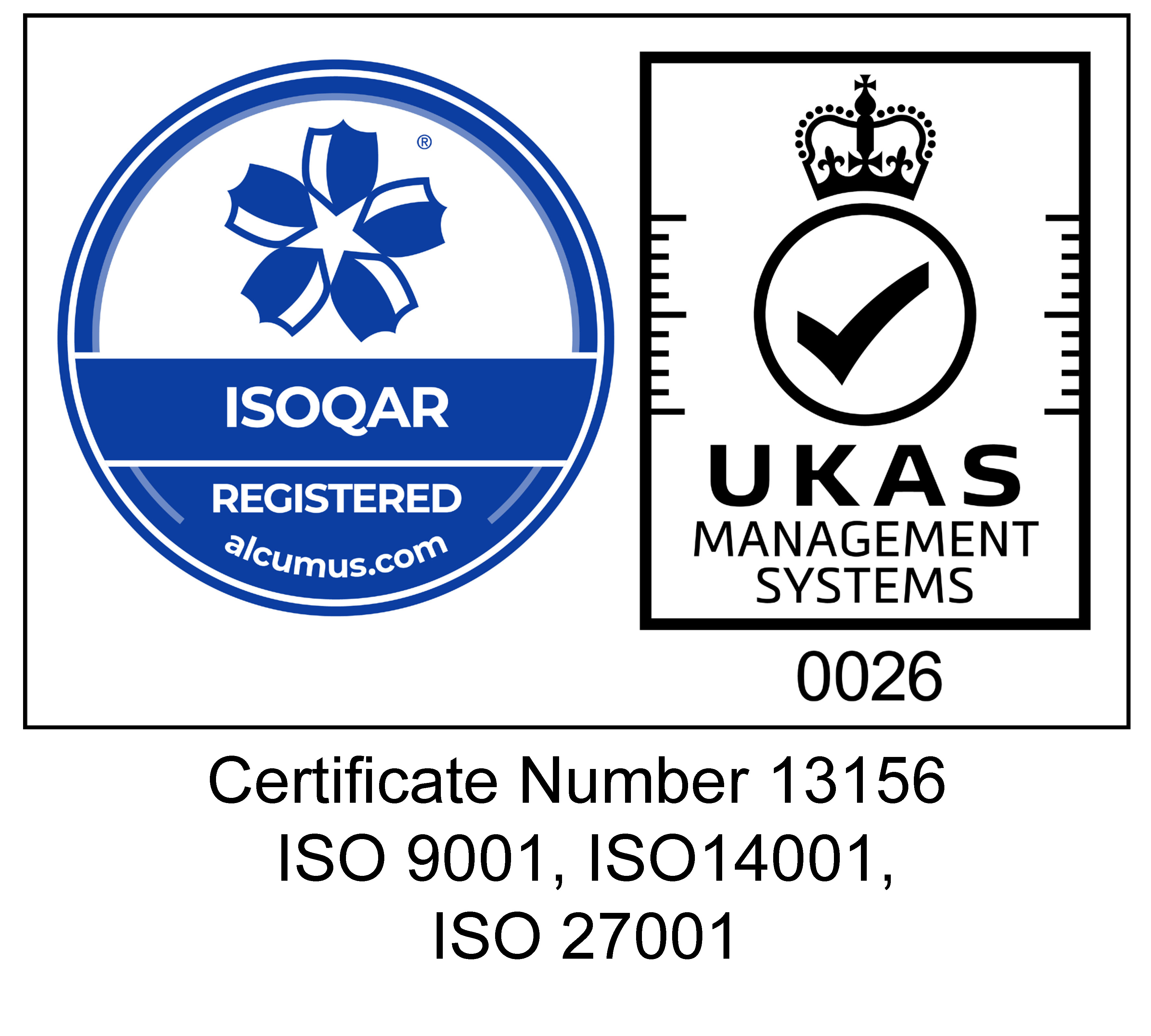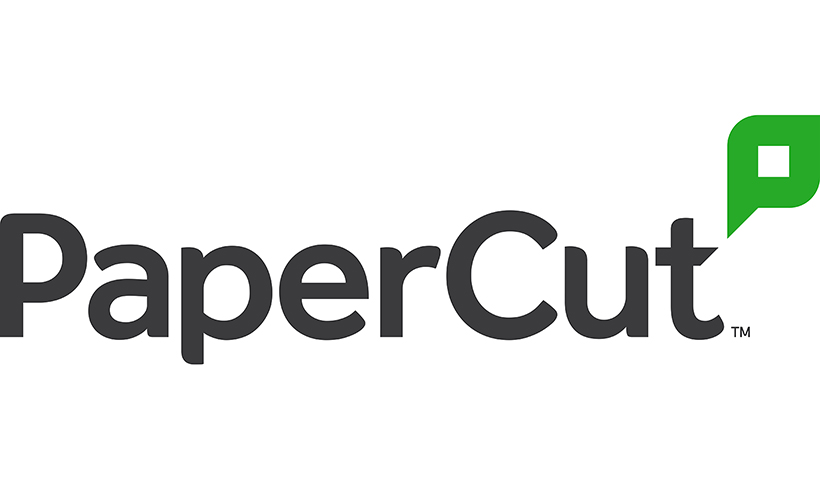Respiratory experts stress importance of improving workplace air quality
Focus on improving workplace ventilation and air quality is crucial as lockdown restrictions ease and people return to work, a group of respiratory experts from around the world has concluded.
In an article published recently in the British Medical Journal (BMJ)1, experts from the universities of Leicester, Hong Kong, Virginia Tech, Edinburgh Napier and NHS Lanarkshire reported on the role and significance of airborne transmission of viruses and particles in indoor settings such as schools and workplaces.
In line with a recent change of guidance by the WHO2, they advise that "governments and health leaders should heed the science and focus their efforts on airborne transmission." This, they say, means upgrading infection control guidelines to include the creation of safer indoor environments, specifically by improving ventilation and air quality.
They go on to say that improved ventilation and cleaner workplace air could also bring significant additional benefits beyond virus control, including a reduction of sick leave for ailments such as colds, flu and other respiratory viruses, infections and even allergies.
The reduction of absenteeism and its related loss of productivity, the experts say, could save companies significant amounts of money, which could be used to offset the expense of introducing cleaner air technologies into the workplace.
What is 'airborne transmission'?
Airborne transmission occurs when an aerosol droplet containing a virus or particle is expelled after a person exhales, talks, coughs or sneezes and then lingers in the air before being inhaled by others.
Why the change in focus?
The BMJ article’s authors suggest that there has been a delay in identifying the significance of airborne transmission and, importantly, taking steps to tackle it, due to confusion around the traditional terminologies "droplet," "airborne," and "droplet nuclei" which may have led to misunderstandings over the physical behaviour of different types and sizes of particle and the need to introduce control measures to minimise the harmful effects of each type.
The report identifies how people infected with a virus produce many small respiratory particles laden with virus as they exhale. Some of these particles will be inhaled almost immediately by those within a regular conversational "short range" distance up to 1m; the remainder will be dispersed over longer distances, typically up to 2m, and be inhaled by others. The 'traditionalists' in the medical establishment often refer to the larger short range particles as “droplets” and the smaller long range particles as “droplet nuclei.”
Until recently, the WHO guidance in relation to the SARS-CoV-2 virus in particular was that it was spread by "droplet" and contact transmission, with airborne transmission only a concern in hospital settings. As a result, the scientists say, airborne transmission was given “only a cursory mention in some infection control guidelines.”
However, they point out that, despite the differences in size and spread, droplets and droplet nuclei "are all aerosols because they can be inhaled directly from the air."
The recently updated WHO guidance now acknowledges that in poorly ventilated spaces, transmission through an airborne route cannot be ruled out and infection control guidelines must be updated to include the real threat of airborne transmission.
What does this mean for workplaces?
To date, the more widely employed methods of infection and transmission control in workplaces, such as social distancing, mask wearing, reducing staff numbers and the use of perspex dividers have been focussed on reducing the transmission of short range, close contact particles (droplets).
Due to the previous lack of guidance in relation to airborne transmission, very few workplaces have introduced strategies to tackle these smaller suspended particles (droplet nuclei) which can remain airborne in indoor settings for hours.
How do we tackle this?
One of the key recommendations in the BMJ article is the introduction of "air replacement or air cleaning mechanisms" as "people are much more likely to become infected in a room with windows that can’t be opened or lacking any ventilation system."
The SAGE Environment and Modelling Group separately echoes this recommendation. In a recent paper3, it states: "Good ventilation is well recognised as a primary measure for controlling the risk of airborne disease transmission. A well ventilated space reduces the concentration of viral load in the air and hence the probability of infection…. so it is recommended that mitigation measures focus on those spaces where ventilation is absent or inadequate. The use of recirculating air cleaners may be appropriate in small spaces where ventilation is poor and cannot be easily improved. Devices which use HEPA or UV-C are likely to be the most effective."
Our solution
Along with our premier partner, Fellowes, Franking Sense® is pro-actively supporting the drive to cleaner workplace air through simple technology solutions. We supply the Fellowes AeraMax Professional range of office air purifiers, which feature a unique four-stage air filtration process to effectively clean the air.
The True HEPA filter captures & traps 99.97% of airborne particles and anti-microbial treatment on the HEPA filter itself effectively reduces the development of bacteria & fungi on the filter. The SAGE Environment and Modelling Group has identified this type of solution as the most effective method of introducing effective airborne transmission control in indoor settings.
Want to find out more?
We can offer a cost-effective and straight-forward turnkey solution, from survey, assessment and proposal, through to wall mounted installation by qualified technicians. For larger, multi-room installations, fixed term rental plans can be offered including service and filter replenishment as a managed service.
Post pandemic, returning to working from work, the benefits of cleaner air are obvious and lasting. Take care of your air with a professional solution from Franking Sense®. Click here for more details.
1 https://www.bmj.com/content/373/bmj.n913
2 WHO
3 SAGE



























Validate your login
Sign In
Create New Account